How to Teach Contractions
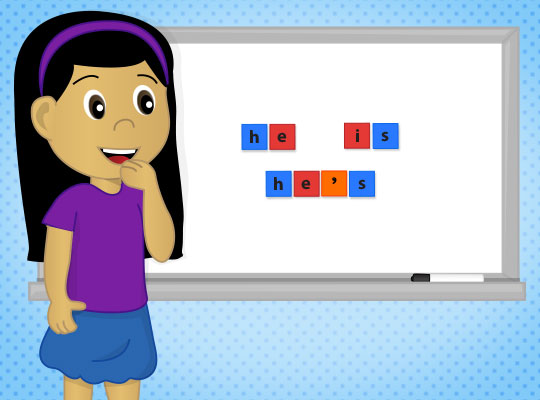
Would you like to help your child avoid some of the most common errors in written English? Today we’re talking about the misuse of contractions, especially when it comes to words like it’s vs. its and you’re vs. your.
You’ve probably seen these mistakes; maybe they’ve even made you cringe.
Giving your child a solid foundation in the way contractions are formed and what they actually mean—that is, which letters the apostrophe replaces—will go a long way toward helping him or her avoid these common mistakes in the future.
What Is a Contraction?
A contraction consists of two words that are combined to form one word. To “contract” means to “make smaller,” and that is what we do when we form contractions: we take two longer words and contract them into one shorter word.
When Do We Use Contractions?
Contractions are informal “shortcuts” that we often take in our everyday speech. Instead of saying “Do not tease the dog,” we shorten it to “Don’t tease the dog.”
Those same shortcuts can be used in informal writing when we want our writing to reflect our way of speaking. In formal writing, however, it’s best to avoid contractions.
6 Ways to Teach Contractions
Teaching contractions might seem complicated, but these helpful tips can make this concept easy to teach!
- Use a rubber band to demonstrate to your student the concept of expanding and contracting. When you stretch the rubber band, it expands; when you let it go, it contracts. That’s what we’re doing when we contract words – we’re just making them smaller.
- Demonstrate the concept of contractions by writing he is on a piece of paper, or use letter tiles if you have them. Cross out the i and replace it with an apostrophe. Read the new word to your student to show how the pronunciation changes from he is to he’s.
- Explain that an apostrophe is a type of punctuation mark. One of its jobs is to help us form contractions. However, many students put the apostrophe in the wrong spot, as in ar’nt. Understanding that the apostrophe must always take the place of the omitted letters will help prevent such errors.
- Write or build the words she will. Cross out the w–i and replace those letters with an apostrophe. Explain to your student that she’ll is a shortcut, a shorter way of saying she will.
- Underscore the importance of the apostrophe by removing it from the contraction she’ll. Point out that without the apostrophe, the word is shell and not she’ll. Never forget the apostrophe!
- Finally, in All About Reading we include an engaging activity sheet where students create contractions out of printed strips of paper. The strip starts out with a pair of words, such as I am.
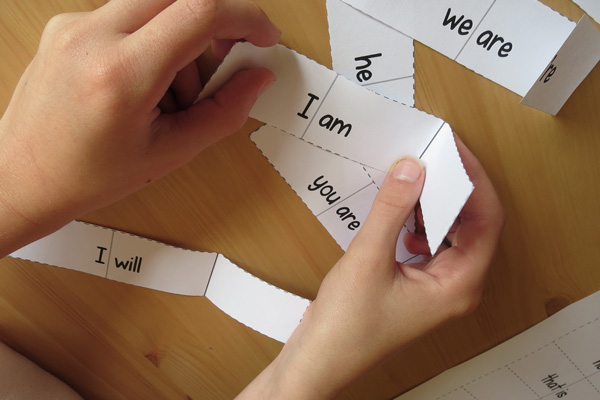
The student folds the word strip on the solid line to reveal the contraction, such as I’m.
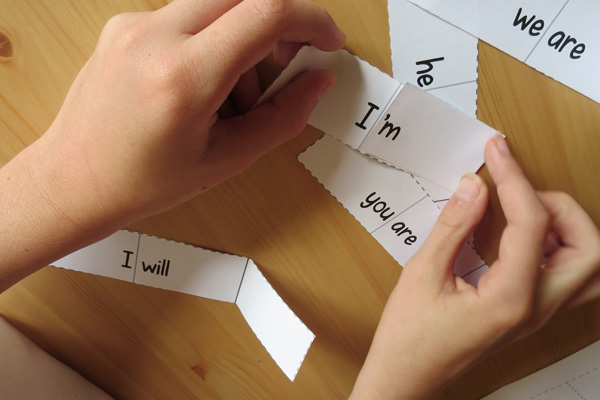
Download Our Lessons on Contractions
Download Lesson 27 of All About Reading Level 2 to see how we teach contractions in our reading program.
Download Lesson 29 of All About Spelling Level 3 to see how we teach contractions in our spelling program.
Below is a list of contractions you can teach and practice with your child.
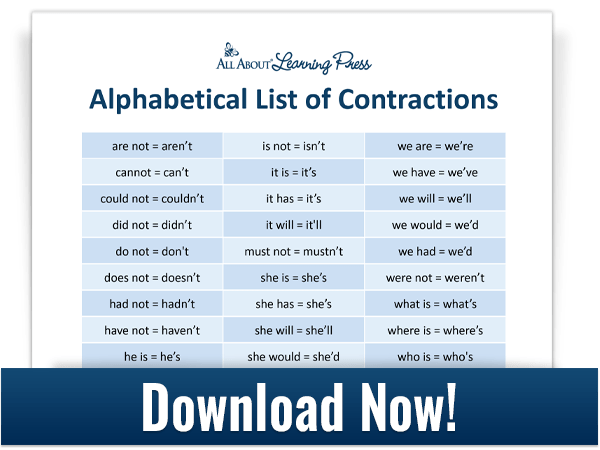
Do your children use contractions properly, or are they still figuring them out?
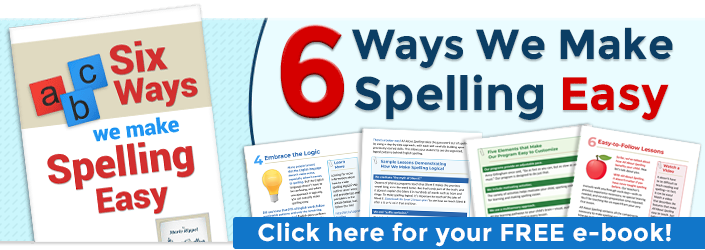




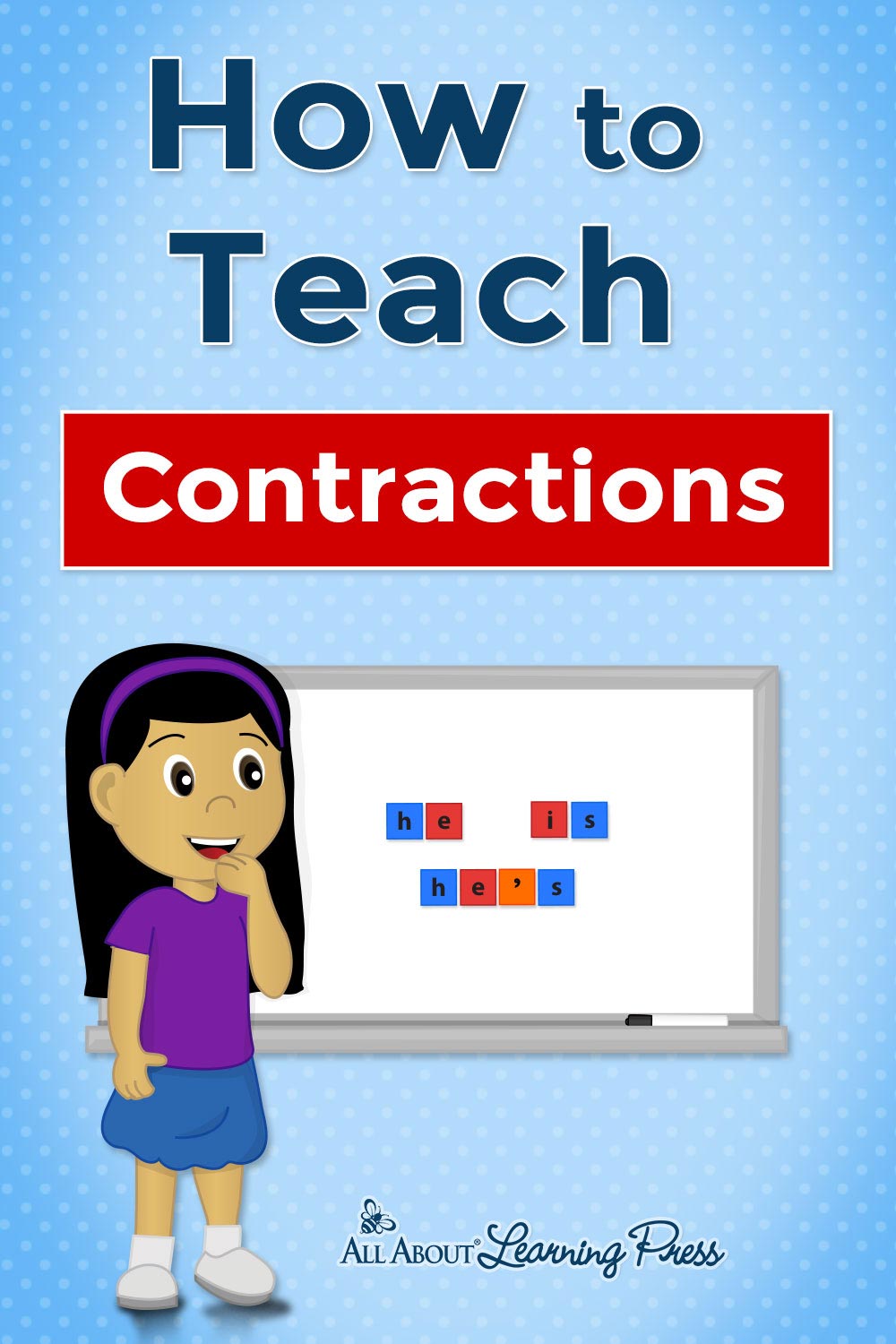



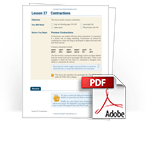
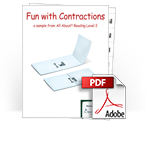
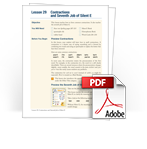


josephine
says:thankyou for the alphabetical contractions if it was not there I couldn’t study for my exam.
Debbie
says:Thank you!! The 3-fold paper … genius!
Robin
says: Customer ServiceYou’re welcome, Debbie! Thank you!
seema rai
says:wow! this topic was always so difficult to deal. with three fold paper it has become so easy
Robin
says: Customer ServiceThank you, Seema! Yes, we found when something is made more hands-on, learning is easier.
Sarah
says:I am enjoying all your advice, and reviewing the rules and lessons that I teach. I can see that some of the colorful rules pages have been updated since I ordered the AAS levels that I am working with. For example, the many jobs of silent E has a visual with the letter tiles in red and blue instead of just the yellow list of rules that I have been using. Is it possible to get a PDF with the new, more colorful list? I think it is much clearer.
Robin
says: Customer ServiceSure, Sarah! You will find the Jobs of Silent E page in the All About Spelling Level 2 sample pages. It is Appendix G, page 65 of the PDF.
Valerie
says:These resources are great! Thanks for sharing!
Robin
says: Customer ServiceYou’re welcome, Valerie! Thank you.
GEORGINA AMA DZIGBORDI ANANGAH
says:Thanks for sharing this with us. It’s really helpful
Robin
says: Customer ServiceYou’re welcome, Georgina! I’m glad it’s so helpful!
Stephanie Vapalil
says:I’m glad these tips are helping me alot as I’m teaching grade 2
Robin
says: Customer ServiceIt’s great to hear that these tips are helping you, Stephanie! Thank you.
Lynn
says:I like the suggestion of taking the apostrophe out to see what the word becomes without it.
Robin
says: Customer ServiceI’m glad this tip will be useful, Lynn!
Regina
says:Great tips!
Robin
says: Customer ServiceThanks, Regina!
Malinda McKenzie
says:Thank you!
Robin
says: Customer ServiceYou’re welcome, Malinda!
Kimberlie
says:These are great tools for helping my new reader and writer.
Robin
says: Customer ServiceI’m glad these are helpful for your student, Kimberlie! Thank you.
Jennifer
says:This will help my child so much!
Amanda Rosen
says:I love the idea of using a rubber band to demonstrate what a contraction does!
Robin
says: Customer ServiceThank you, Amanda!
Katy
says:Very helpful, thanks so much!! We love this program!
Robin
says: Customer ServiceYou’re welcome, Katy!
Lauren
says:Thank you for this. It’s so helpful!
Robin
says: Customer ServiceYou’re welcome, Lauren! I’m glad it’s helpful!
Amber Sandeford
says:We just covered contractions in level 2. Using the words separately then folding them up to the shortened contraction was so helpful. When we got to the flash cards and fluency practice pages it was a breeze!
Robin
says: Customer ServiceAmber,
Thank you for letting us know that this activity worked well for your student and helped make reading contractions easy!
Shelly Bergman
says:This is so helpful for my little learner! I love how easy it is for her to understand.
Robin
says: Customer ServiceWonderful to hear, Shelly! I’m so glad this was helpful!
Erin Estep
says:So helpful! Thank you!!
Robin
says: Customer ServiceYou are very welcome, Erin! I’m glad this his helpful!
Ashley
says:Definitely have a student in mind that will benefit from this!!
Robin
says: Customer ServiceGreat, Ashley! I’m glad this will be helpful for your student!
Brittany
says:I love these various ways of teaching something so tangibly!
Elisha
says:Love these tips !
Snehal
says:Wonderfully explained
lynne barrett
says:I love this! Thank you!
Robin
says: Customer ServiceYou’re welcome, Lynne!
B hess
says:Love it!!
Carolyn K
says:We just finished this lesson, the paper strips were really useful for him to see how contractions work. I’ll have to try some of these other activities!
Robin
says: Customer ServiceI’m so glad to hear that this activity was helpful for your student to understand contractions, Carolyn! Thank you for letting us know that they worked well!
Meg
says:These are great tips!
Melanie
says:My daughter is still determined to not use contractions in her writing. This might be helpful, thanks!
Robin
says: Customer ServiceI hope this helps, Melanie. Writing can definitely sound too formal when contractions are never used.
Morgan
says:This is so helpful! Thanks!
Sam
says:Helpful tips!
Angela Allford
says:Helpful for this busy mama. Easy to use and fun!
Robin
says: Customer ServiceWe understand busy mamas, Angela! Glad this is helpful, easy, and fun!